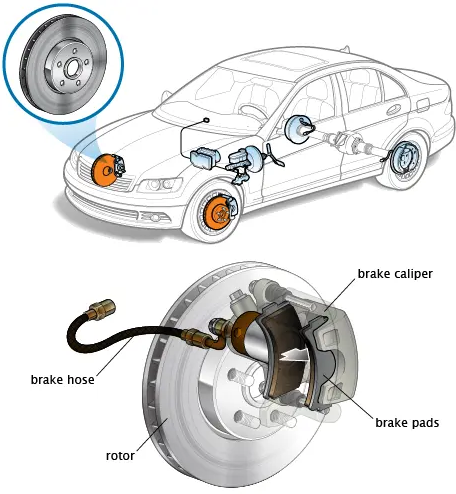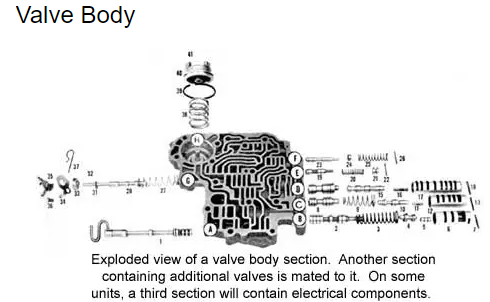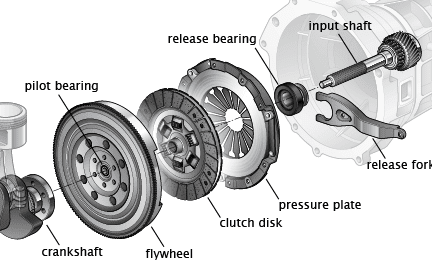Posted on 3/18/2024

Cam sensors play a crucial role in the operation of modern vehicles, particularly in managing engine performance and efficiency. These sensors, also known as camshaft position sensors, provide vital information to the engine control unit (ECU) regarding the position and speed of the camshaft. Cam sensors are like the silent heroes in your car's engine, working behind the scenes to keep things running smoothly. But what exactly do they do, and why are they so important? Cam sensors, also known as camshaft position sensors, are responsible for monitoring the position of the camshaft in relation to the crankshaft in an engine. This information is crucial for various engine functions, such as fuel injection timing and ignition system operation. Why are Cam Sensors so important? Ever wonder how your car's engine knows when to inject fuel or ignite a spark? Cam sensors play a key role in ensuring everything happens at just the right moment: Cam Sensors and Engine ... read more
Posted on 3/14/2024

The crank sensor is a vital component in modern engine systems, playing a crucial role in monitoring the position and rotational speed of the crankshaft. Understanding the functionality of the crank sensor is essential for vehicle owners and enthusiasts alike, as it directly influences engine performance, fuel efficiency, and overall reliability. Ever wonder what makes your car tick? Enter the humble crank sensor. This little device plays a crucial role in keeping your engine running smoothly. The crank sensor is like the Sherlock Holmes of your engine, Sherlock-ing the position and speed of the crankshaft. It's a sensor that detects the crankshaft's rotational speed and position, sending vital information to the engine control module. How Crank Sensors Work Time for a crash course on crank sensor wizardry. Sensing and Transmitting Crankshaft Position - The crank sensor does a little dance with the crankshaft, sensing its position and speed using magneti ... read more
Posted on 3/13/2024

Brake rotors play a crucial role in the functioning of a vehicle's braking system, providing the necessary friction to slow down or stop the vehicle. Understanding the significance of brake rotors and the reasons why turning them may not always be the best solution is essential for maintaining optimal safety and performance. Brake rotors, also known as brake discs, are essential components of a vehicle's braking system, responsible for slowing down or stopping the wheels when the brakes are applied. Brake rotors work in conjunction with brake pads to create friction, converting kinetic energy into heat energy to bring the vehicle to a halt. They play a critical role in ensuring safe and efficient braking performance. One of the main functions of brake rotors is to dissipate heat generated during braking, preventing brake fade and maintaining consistent braking performance. Proper heat management is crucial for the longevity of the braking system. Just like your f ... read more
Posted on 3/11/2024

The transmission valve body is a critical component in the intricate system of a vehicle, responsible for ensuring smooth and efficient operation. This article aims to provide insight into the functions and importance of the transmission valve body, as well as the key components that make up this essential part. Imagine the transmission valve body as the central control unit of the transmission system, coordinating the flow of transmission fluid to facilitate gear shifts in a seamless manner. It is comparable to a covert operative orchestrating behind the scenes, ensuring that your vehicle shifts gears effectively and without any disruptions. Components of a transmission valve body: Solenoids: These electrically controlled valves serve as the muscle of the operation, regulating fluid flow and pressure to facilitate gear shifts. Valves: Acting as gatekeepers, valves within the transmission valve body control the direction and pressure of fluid flow to enable smoo ... read more
Posted on 3/8/2024

Rev up your engines, folks! Today, we're diving into the world of clutches in cars. No, not the kind you find in a fancy handbag, but the trusty mechanical system that keeps your ride in check. Let's see what this crucial component is all about. Think of the clutch as the wingman of your car's transmission. Its main job? To smoothly transfer power from the engine to the gearbox, allowing you to shift gears and control the speed of your vehicle like a pro. Engagement and Disengagement of Power Picture this: when you press the clutch pedal, you disengage the engine from the wheels, giving you the freedom to shift gears without that jerky motion. Release the pedal, and boom – power's back on! Facilitating Gear Changes Ever wonder how you smoothly transition from first gear to second without sounding like a clunky old tractor? Thank your trusty clutch! It helps match the engine's speed to the wheel's speed, making gear chang ... read more